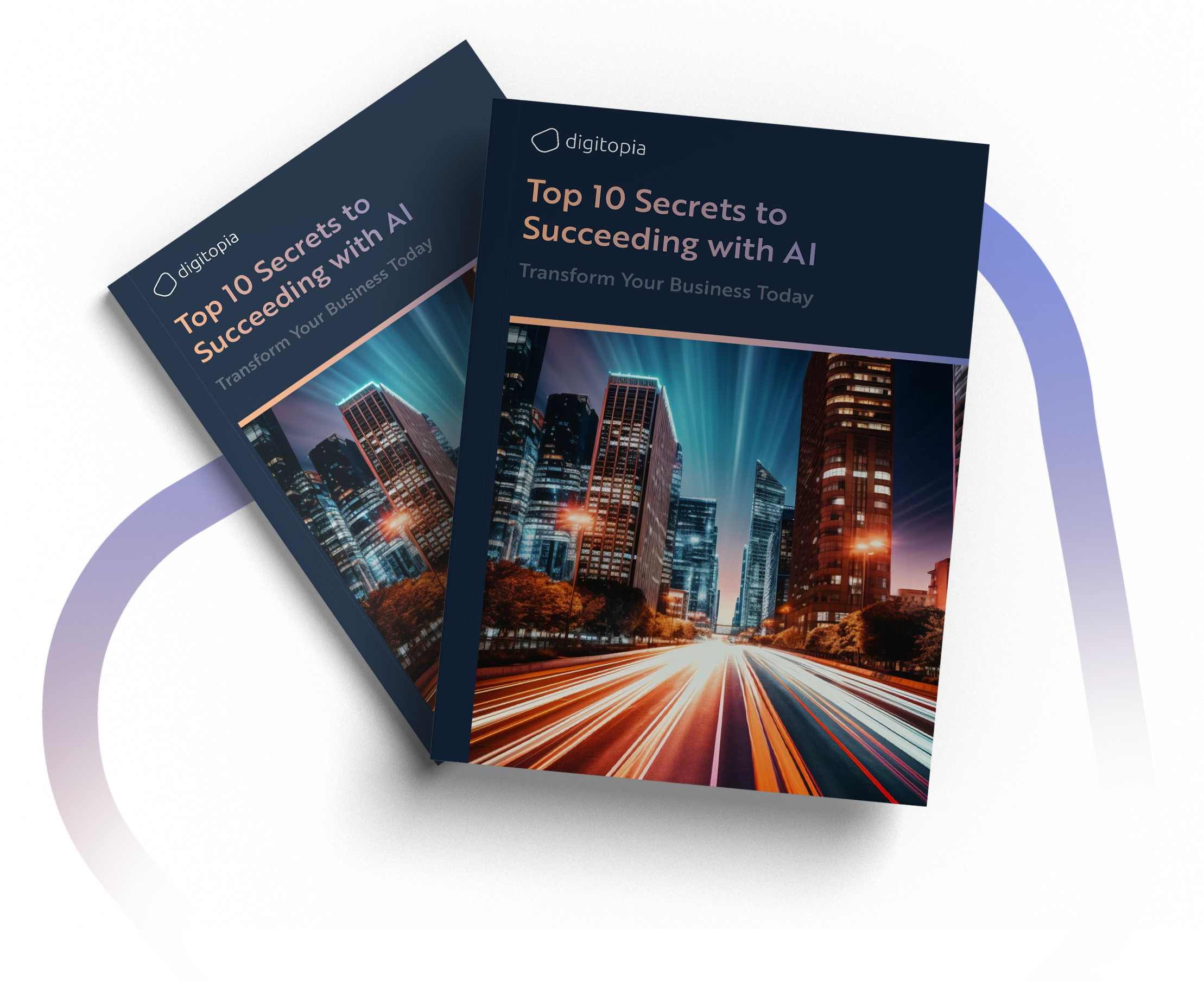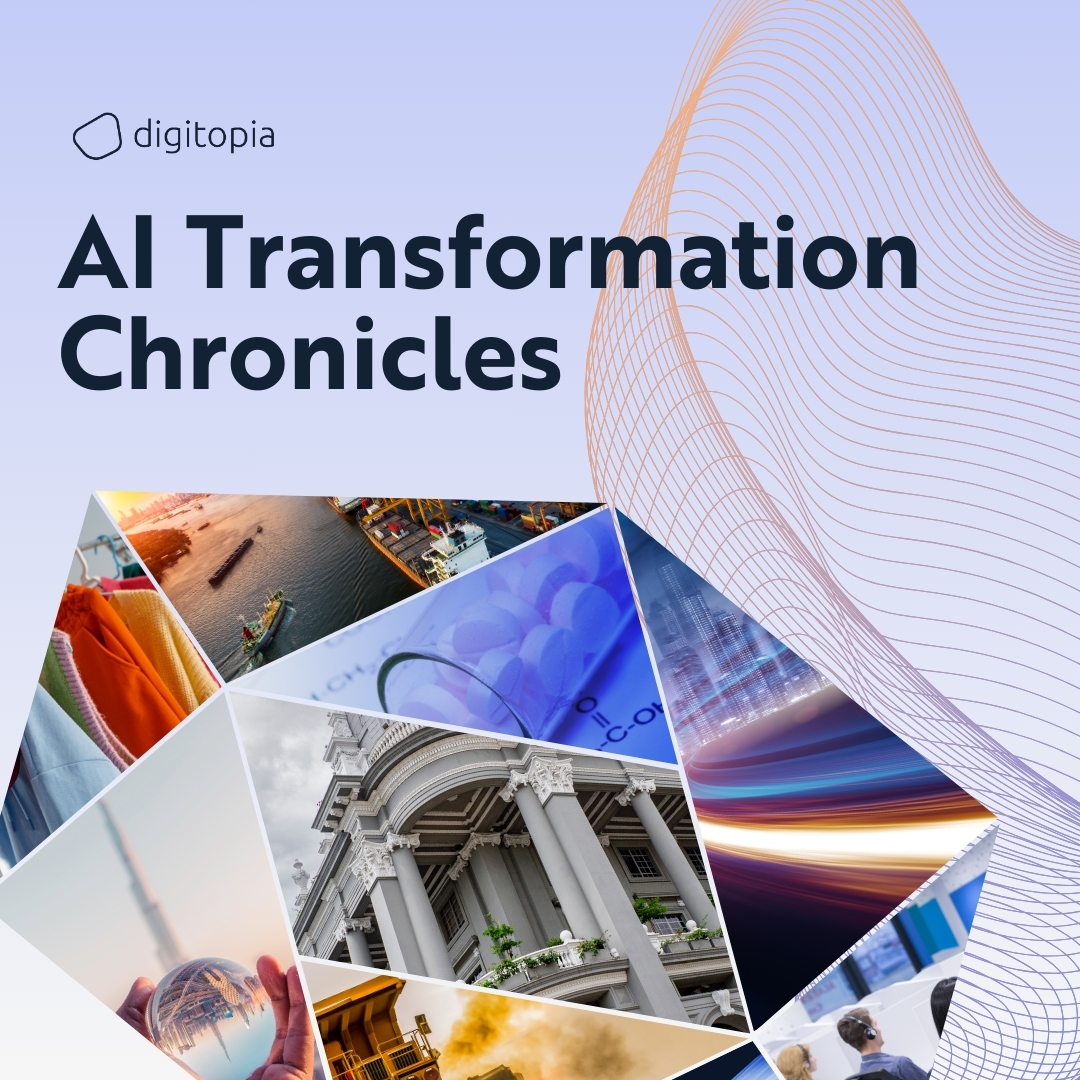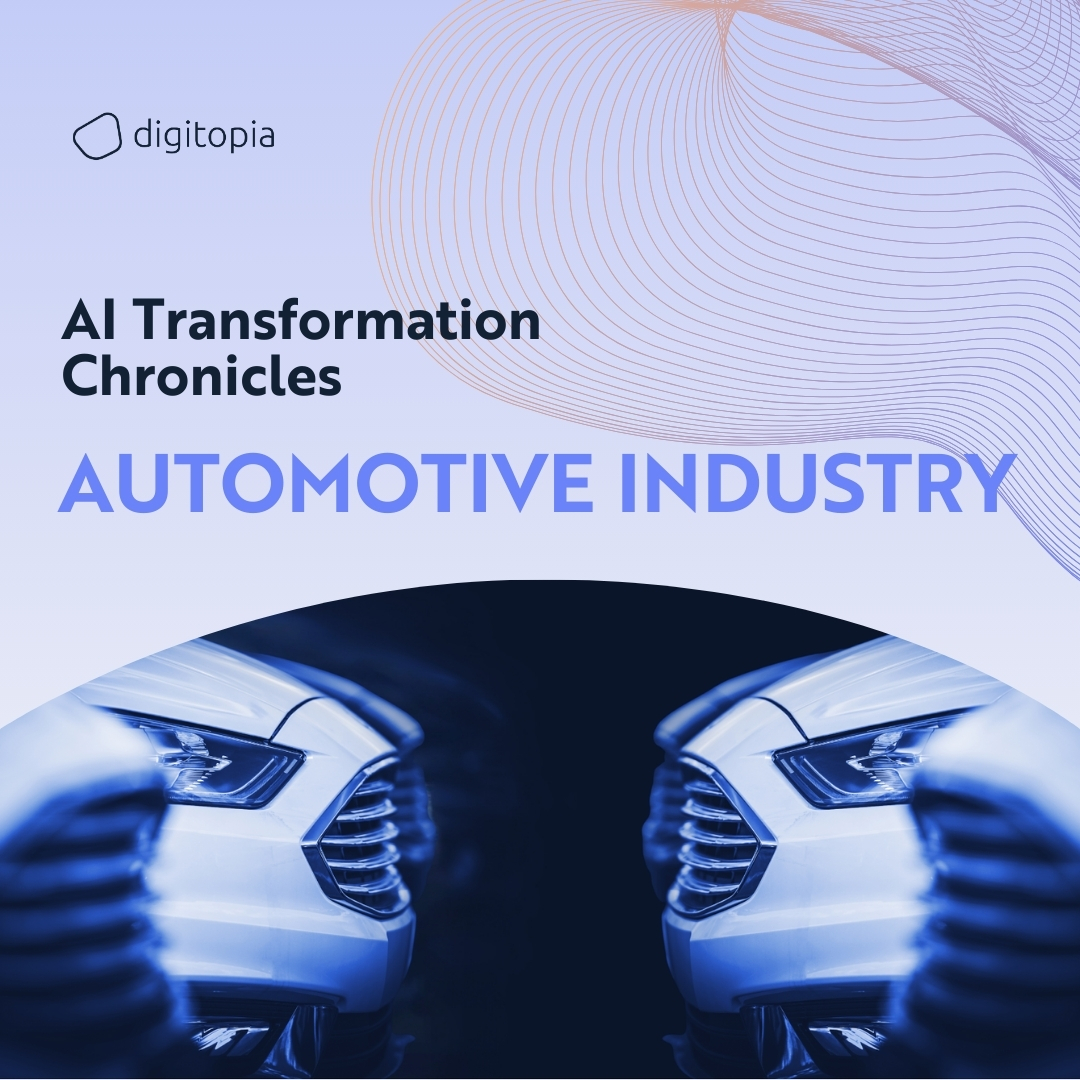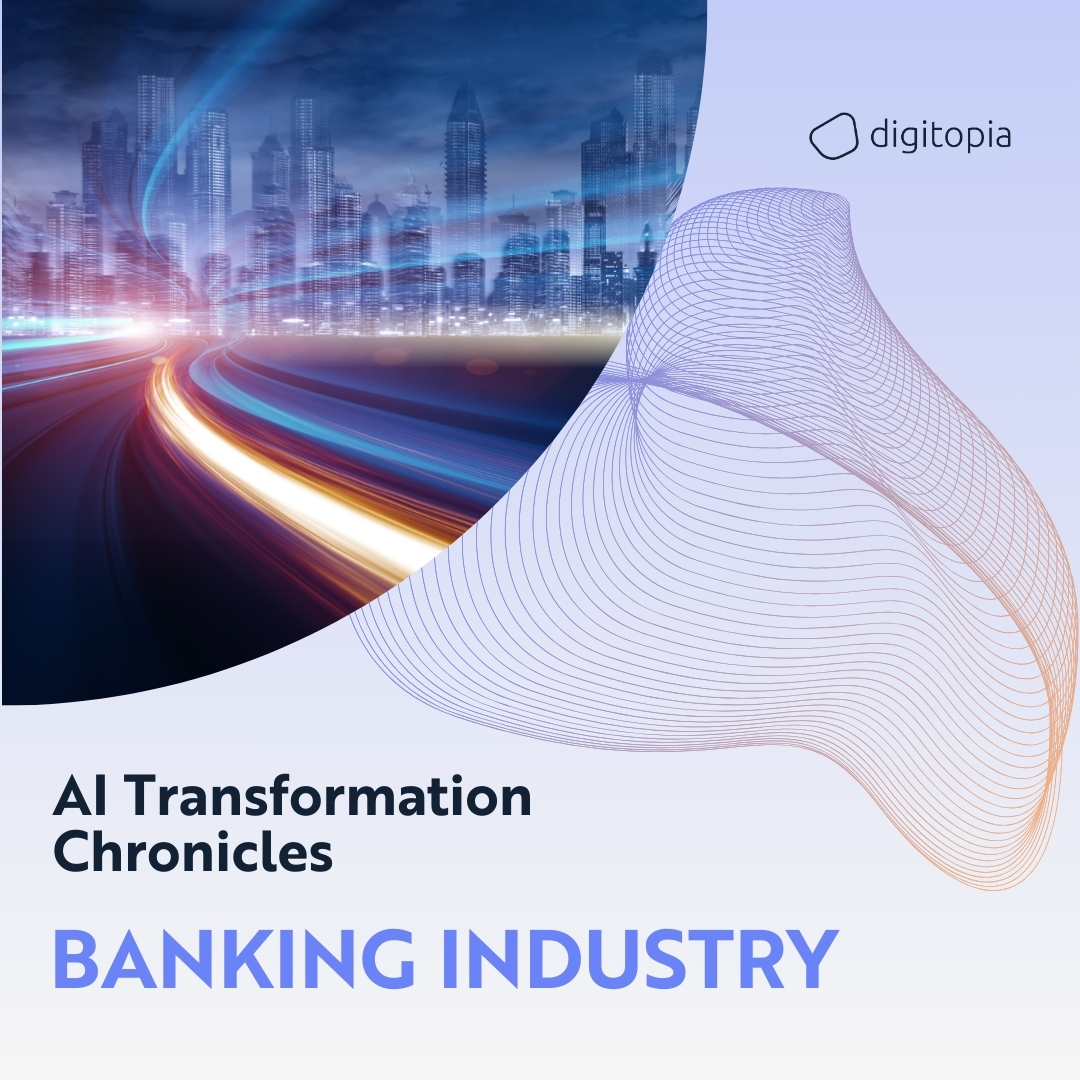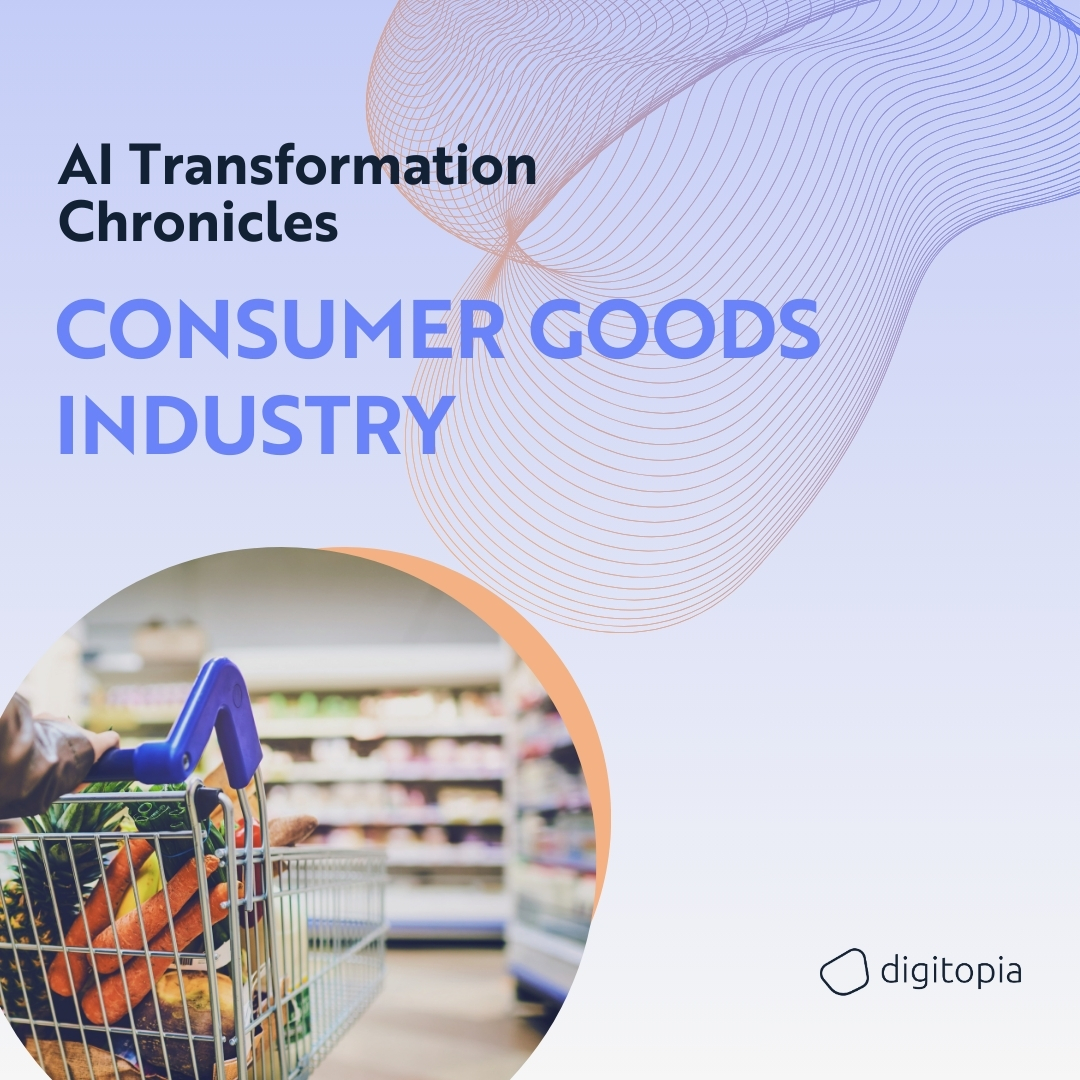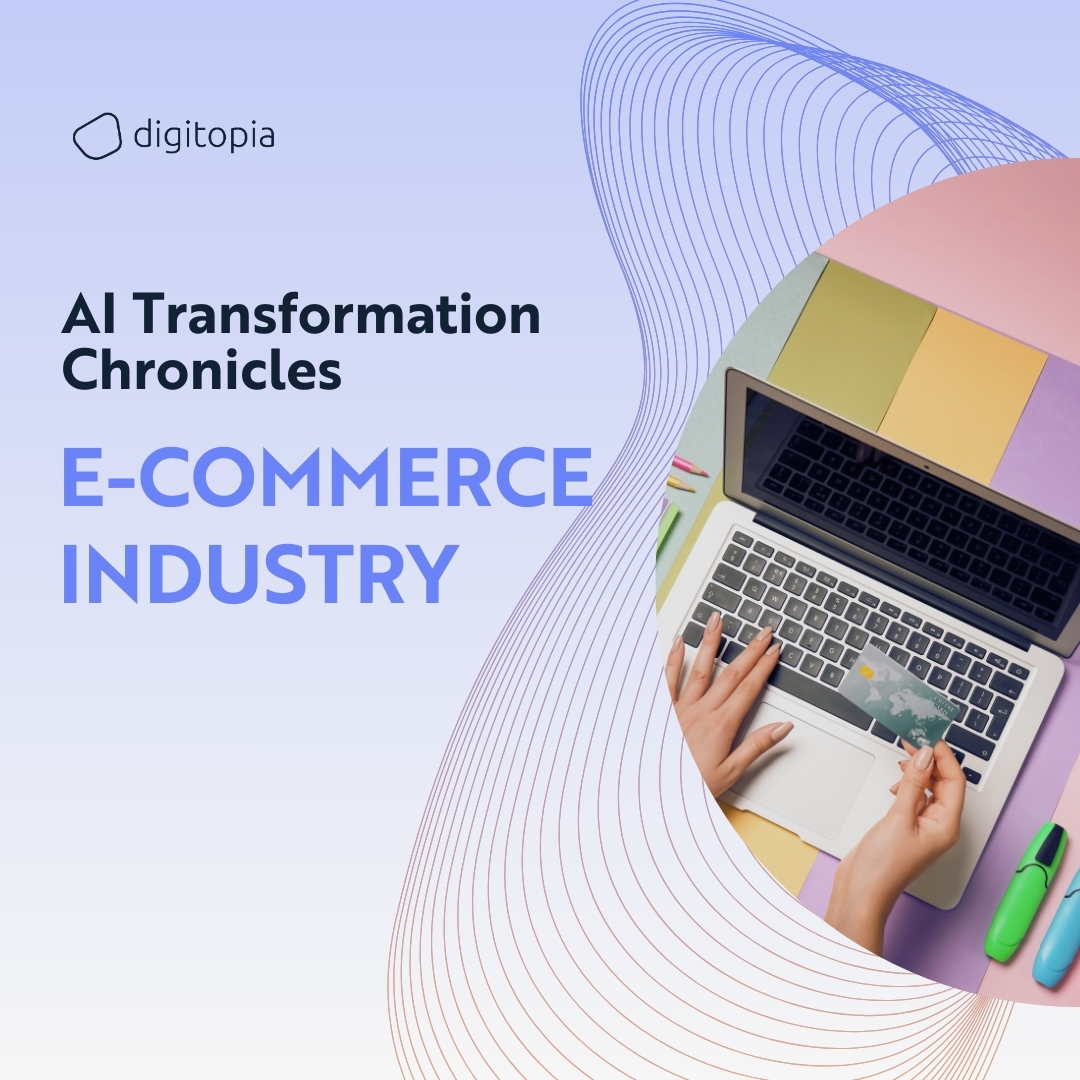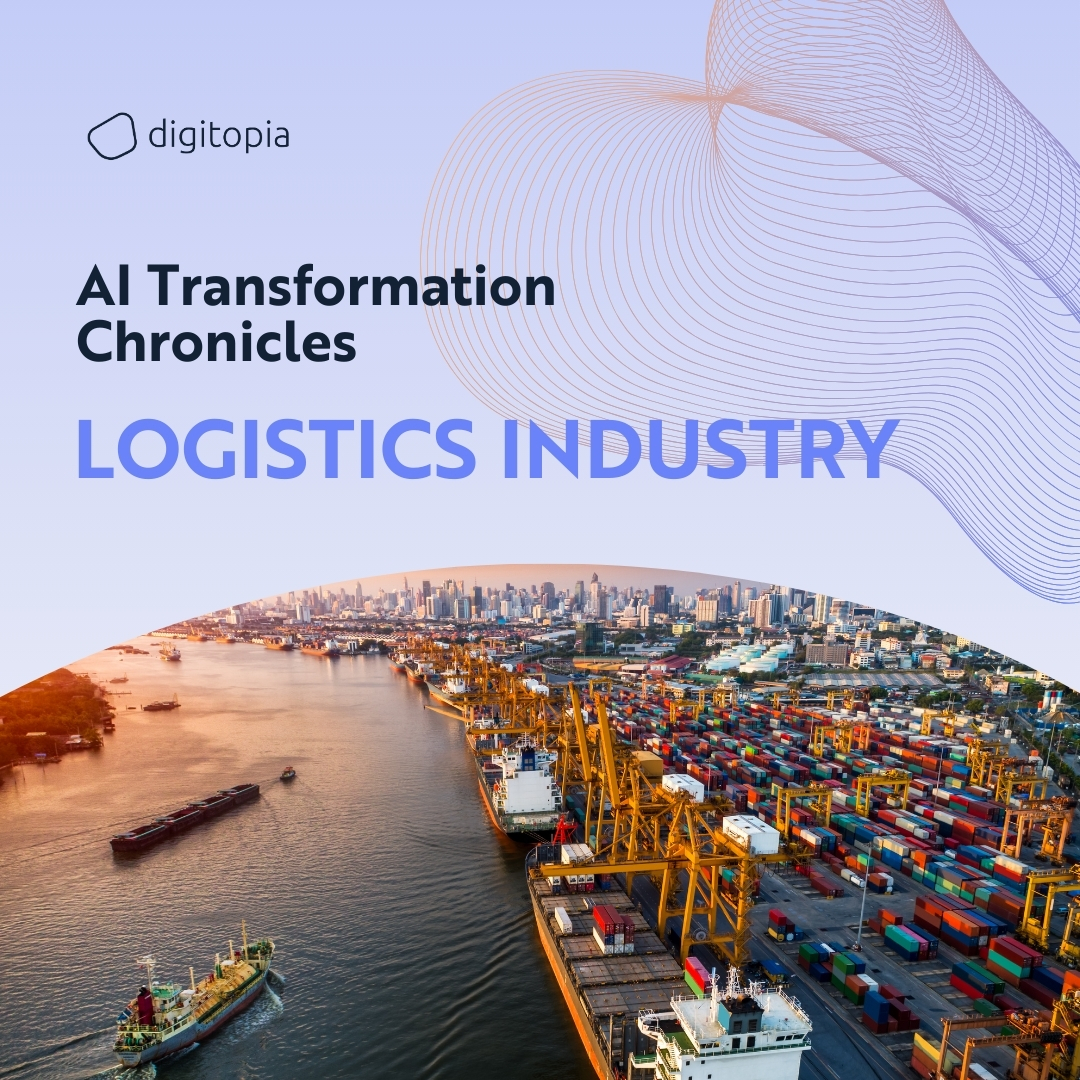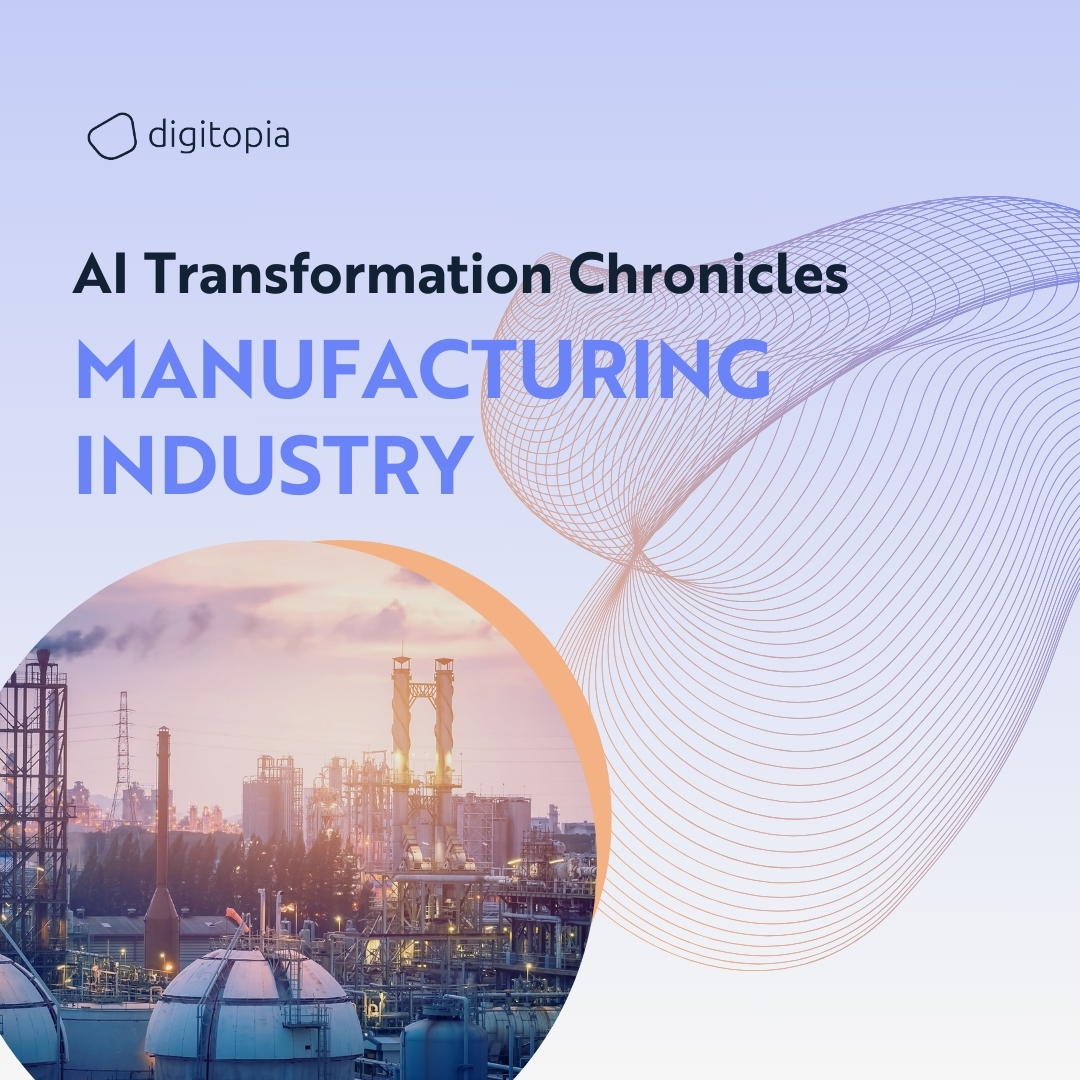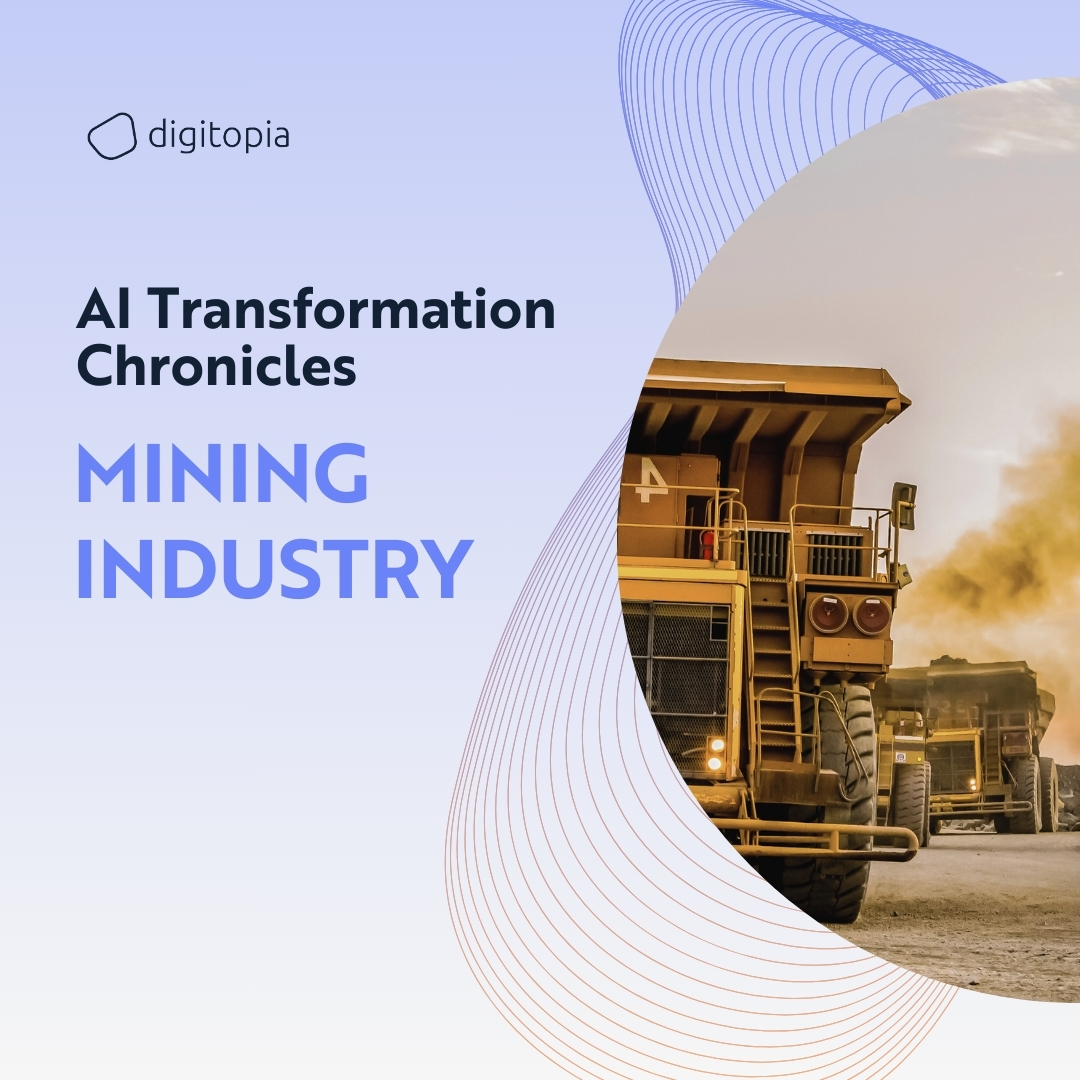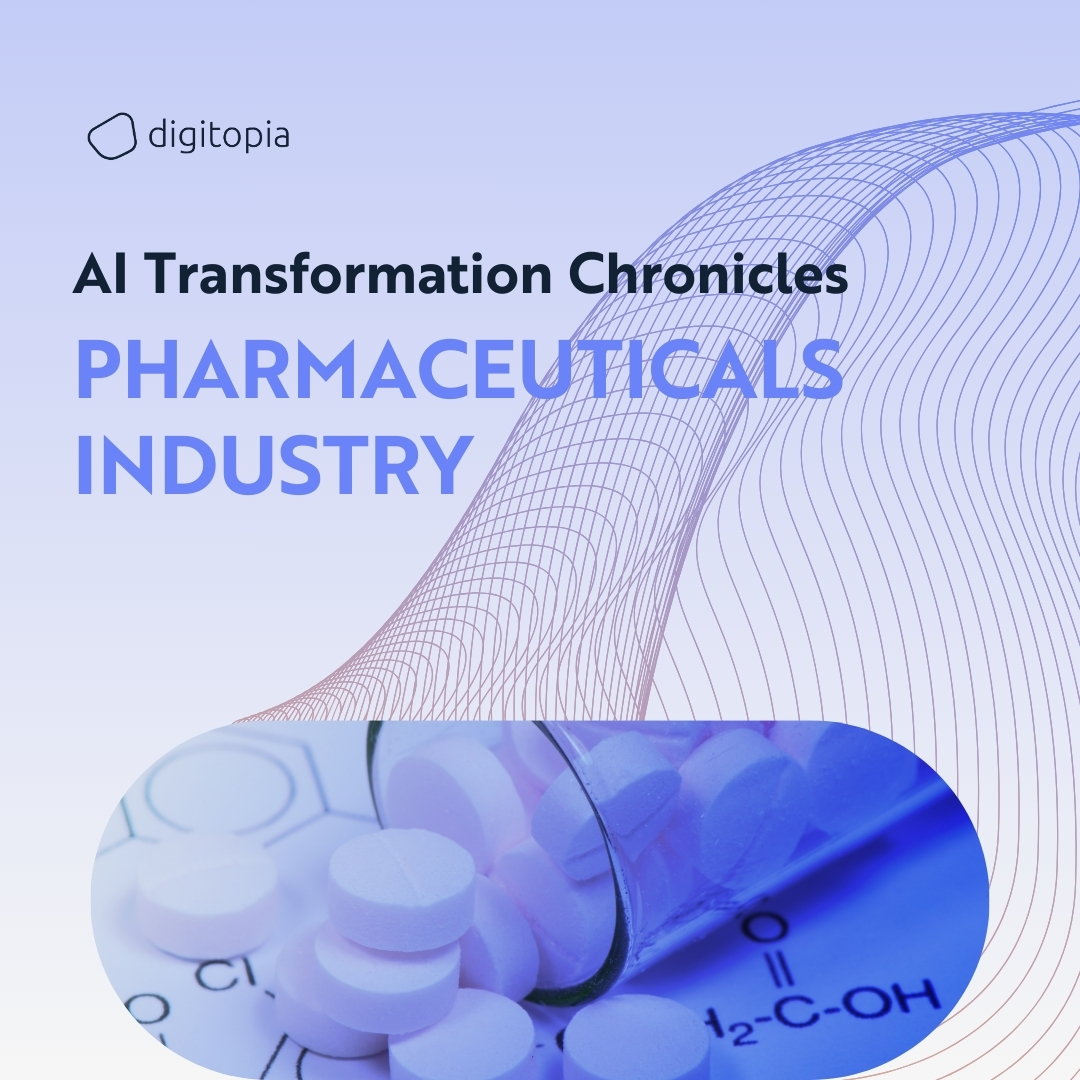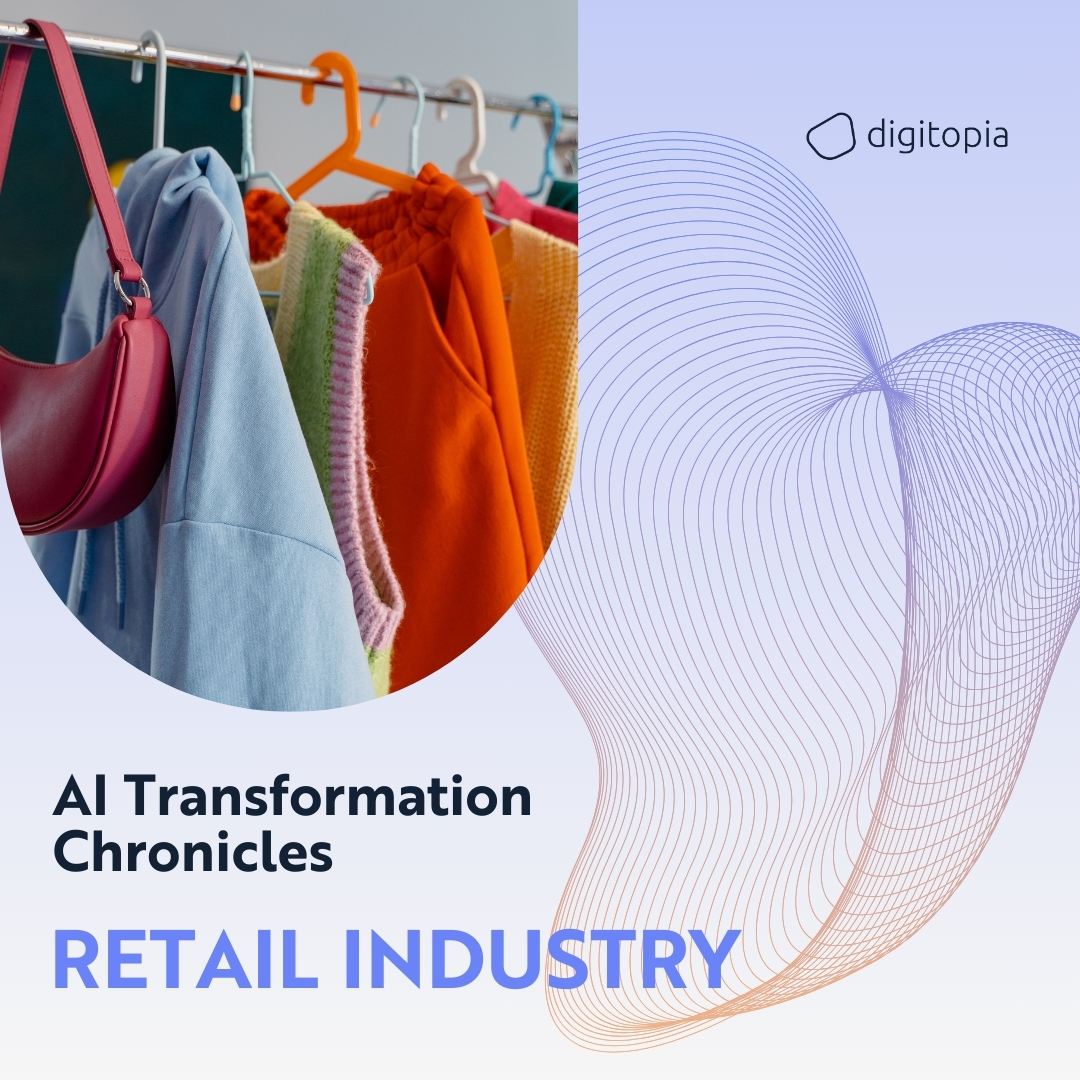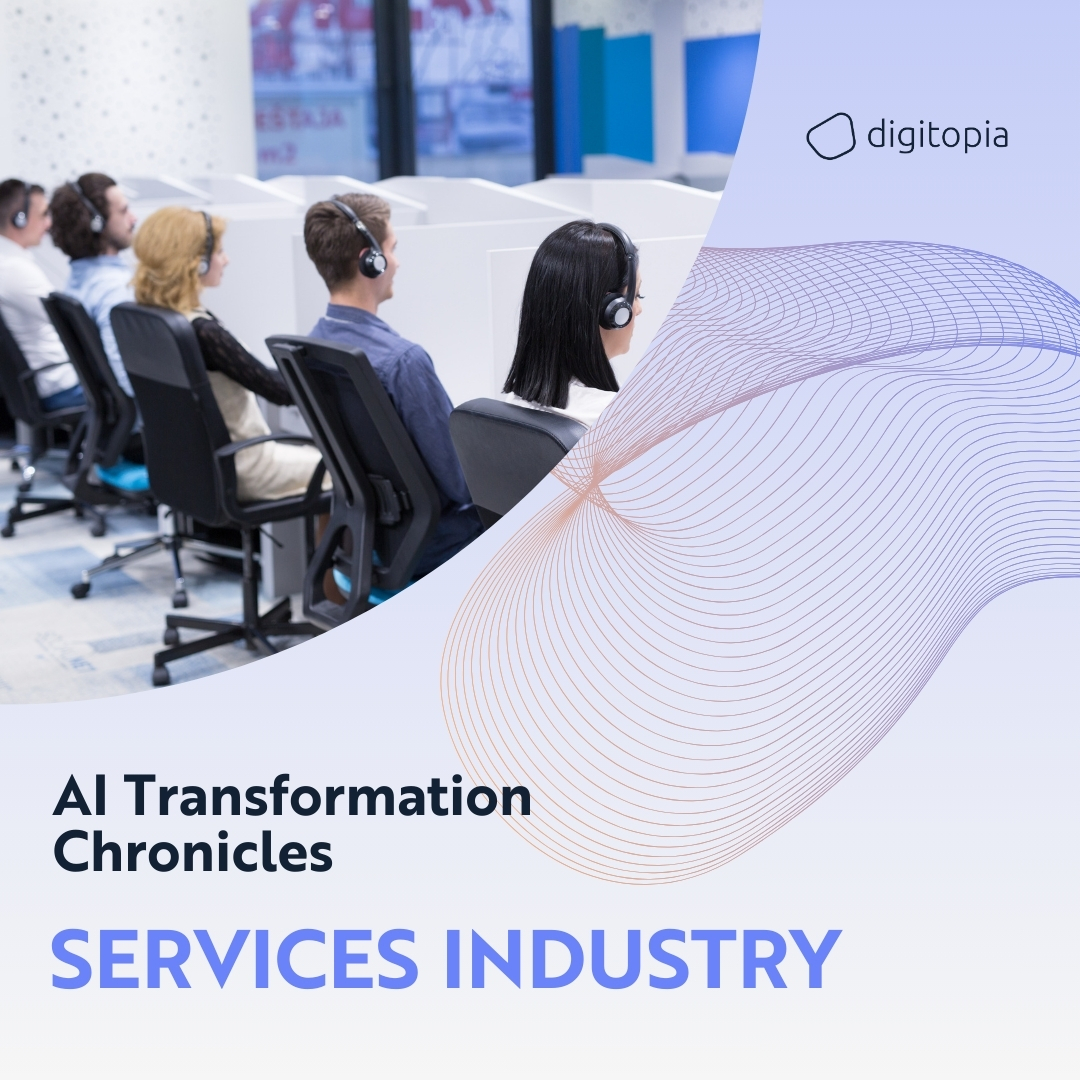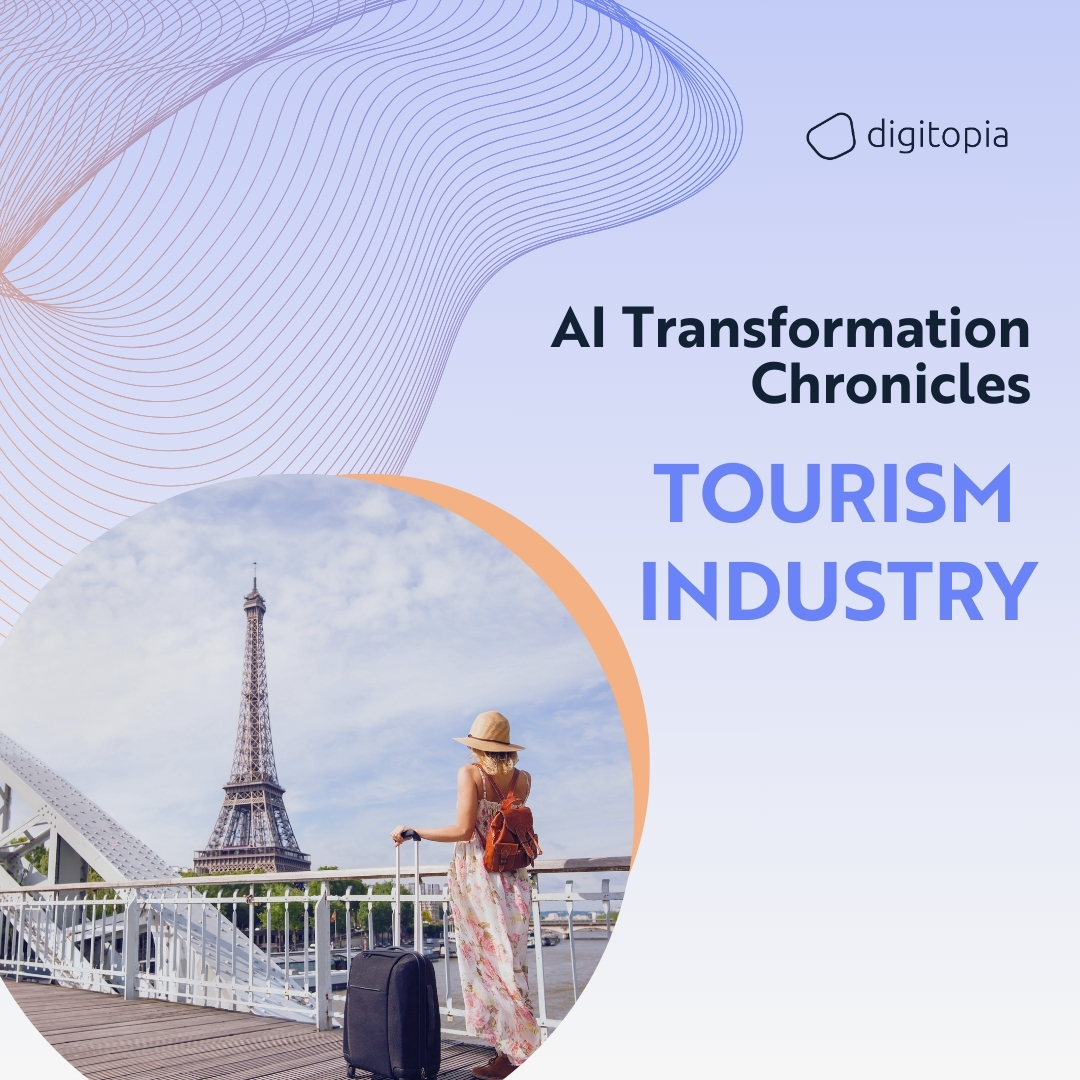
The energy and utilities industry is undergoing a significant transformation driven by Artificial Intelligence (AI). From optimizing grid management and predictive maintenance to enhancing customer engagement and integrating renewable energy sources, AI is revolutionizing various aspects of this sector. Discover how AI in energy and utilities industry is transforming operations, boosting efficiency, enhancing reliability, and promoting sustainability through powerful, data-driven innovations.
The Promise of AI in the Energy and Utilities Industry
AI holds immense potential to drive innovation and efficiency in the energy and utilities industry. By leveraging AI technologies, companies can optimize operations, reduce costs, and enhance service quality. The integration of AI into energy management processes not only improves grid reliability and resource utilization but also supports the transition to a more sustainable and resilient energy system. Embracing AI is essential for energy and utility companies aiming to stay competitive in a rapidly evolving market.
Learn More: Top 10 Secrets to Succeeding with AI
Our comprehensive ebook provides actionable insights, real-world case studies, and proven strategies to help you integrate AI into your operations and drive growth.
Download Now
Key Use Cases in the Energy and Utilities Industry
AI is transforming the energy and utilities industry by optimizing operations, enhancing grid reliability, and supporting the integration of renewable energy sources. From smart grid management and predictive maintenance to personalized customer engagement and energy storage optimization, AI-driven solutions are driving significant improvements in efficiency, sustainability, and service quality. This section delves into the most impactful AI use cases in the energy and utilities sector, showcasing how these technologies are revolutionizing the way energy is produced, distributed, and consumed.
Grid Management and Optimization
- Smart Grid Management: AI enhances the management of smart grids by analyzing data from sensors and smart meters to optimize electricity distribution, reduce losses, and improve reliability.
- Demand Response: AI predicts energy demand patterns and adjusts the supply accordingly, ensuring efficient energy use and reducing the need for peak power plants.
- Renewable Energy Integration: AI optimizes the integration of renewable energy sources into the grid by forecasting generation from solar, wind, and other renewables, balancing supply and demand in real-time.
Predictive Maintenance
- Equipment Monitoring: AI monitors the health of critical infrastructure, such as transformers and turbines, predicting failures before they occur and scheduling maintenance proactively to avoid costly downtime.
- Asset Management: AI-driven asset management systems analyze historical and real-time data to extend the lifespan of equipment, optimize maintenance schedules, and reduce operational costs.
- Grid Infrastructure Monitoring: AI analyzes data from grid infrastructure to detect anomalies, prevent faults, and enhance the reliability and stability of the power supply.
Customer Engagement and Service
- Personalized Energy Recommendations: AI provides personalized energy-saving recommendations to customers based on their usage patterns, helping them reduce consumption and lower bills.
- Chatbots and Virtual Assistants: AI-driven chatbots handle customer inquiries, provide real-time support, and enhance customer engagement, improving service efficiency and satisfaction.
- Predictive Billing: AI predicts energy bills based on consumption patterns, providing customers with accurate forecasts and helping them manage their budgets better.
Renewable Energy and Sustainability
- Renewable Energy Forecasting: AI forecasts renewable energy generation from sources like solar and wind, optimizing their integration into the grid and ensuring a stable energy supply.
- Energy Storage Optimization: AI optimizes the use of energy storage systems by predicting demand and managing the charge-discharge cycles efficiently, enhancing the reliability of renewable energy sources.
- Carbon Footprint Reduction: AI helps identify areas for reducing carbon emissions and improving energy efficiency, supporting companies’ sustainability goals and regulatory compliance.
Powerful Success Stories in AI-Driven Energy and Utilities
The AI revolution in the energy and utilities industry is already underway, with leading companies demonstrating the transformative power of artificial intelligence. These success stories illustrate the significant benefits of AI adoption, from enhanced grid management and predictive maintenance to improved customer engagement and renewable energy integration.
General Electric (GE) – Predictive Maintenance
Challenge: General Electric (GE) needed to improve the reliability and efficiency of its power generation equipment, reducing downtime and maintenance costs.
Solution: GE implemented an AI-driven predictive maintenance system that monitors the health of turbines and other critical infrastructure. The system analyzes sensor data in real-time to predict potential failures and schedule maintenance proactively.
Benefits: The AI-driven predictive maintenance system significantly reduced unplanned downtime and maintenance costs for GE. The company improved the reliability and efficiency of its power generation equipment, reinforcing its position as a leader in the energy sector.
National Grid – Smart Grid Management
Challenge: National Grid aimed to enhance the management of its smart grid infrastructure, optimizing electricity distribution and reducing losses.
Solution: National Grid implemented an AI-driven smart grid management system that analyzes data from sensors and smart meters. The system optimizes electricity distribution, reduces losses, and improves grid reliability.
Benefits: The AI-driven smart grid management system significantly improved the efficiency and reliability of National Grid’s electricity distribution network. The company achieved cost savings and enhanced service quality, positioning itself as a leader in smart grid technology.
Enel – Renewable Energy Integration
Challenge: Enel, a global energy company, needed to optimize the integration of renewable energy sources into its grid, ensuring a stable and reliable energy supply.
Solution: Enel implemented an AI-driven renewable energy forecasting system that predicts generation from solar, wind, and other renewables. The system balances supply and demand in real-time, optimizing the integration of renewable energy sources into the grid.
Benefits: The AI-driven renewable energy forecasting system significantly improved the stability and reliability of Enel’s energy supply. The company enhanced its ability to integrate renewable energy sources, supporting its sustainability goals and positioning itself as a leader in renewable energy integration.
Key Recommendations for Successful AI Transformation in the Energy and Utilities
Achieving successful AI transformation in the energy and utilities industry requires a strategic vision, robust data infrastructure, and a commitment to innovation. Companies must invest in developing AI expertise, fostering collaborative leadership, and building strong ecosystem partnerships. By aligning AI initiatives with business goals and continuously measuring progress, energy and utility companies can ensure their AI projects deliver measurable value. These key recommendations provide a roadmap to harness the full potential of AI, driving efficiency, enhancing service quality, and supporting the transition to a more sustainable and resilient energy system.
- Invest in Data Infrastructure: Develop a robust data infrastructure to collect, integrate, and analyze diverse datasets from various sources across the energy and utilities value chain. Ensure data quality, security, and accessibility to drive effective AI implementation.
- Develop AI Expertise: Prioritize talent acquisition and development by investing in comprehensive training programs and forming partnerships with educational institutions. Foster a culture of continuous learning and innovation to build a skilled workforce capable of leveraging AI technologies.
- Foster Collaborative Leadership: Leadership teams must champion AI transformation by articulating a clear vision and strategy for AI adoption. Encourage collaboration across departments and functions to ensure alignment and drive AI initiatives forward.
- Leverage Ecosystem Partnerships: Build an ecosystem of partners, including technology providers, academic institutions, and industry consortia, to accelerate AI adoption and innovation. Collaborate with partners for knowledge sharing and access to advanced tools and platforms.
- Align AI Initiatives with Business Goals: Identify and prioritize AI projects that align with strategic business objectives and deliver measurable value. Focus on high-impact use cases that build momentum for broader AI adoption.
- Implement Continuous Measurement and Improvement: Use tools like Digitopia’s AI Maturity Index to continuously assess and benchmark AI capabilities. Regularly review progress, adjust strategies, and ensure AI initiatives deliver the expected value.
By embracing AI across grid management, predictive maintenance, customer engagement, and renewable energy integration, energy and utility companies can drive innovation, enhance efficiency, and improve service quality. These advancements will position energy and utility companies to lead in a dynamic and rapidly evolving market, ensuring long-term success and resilience.


